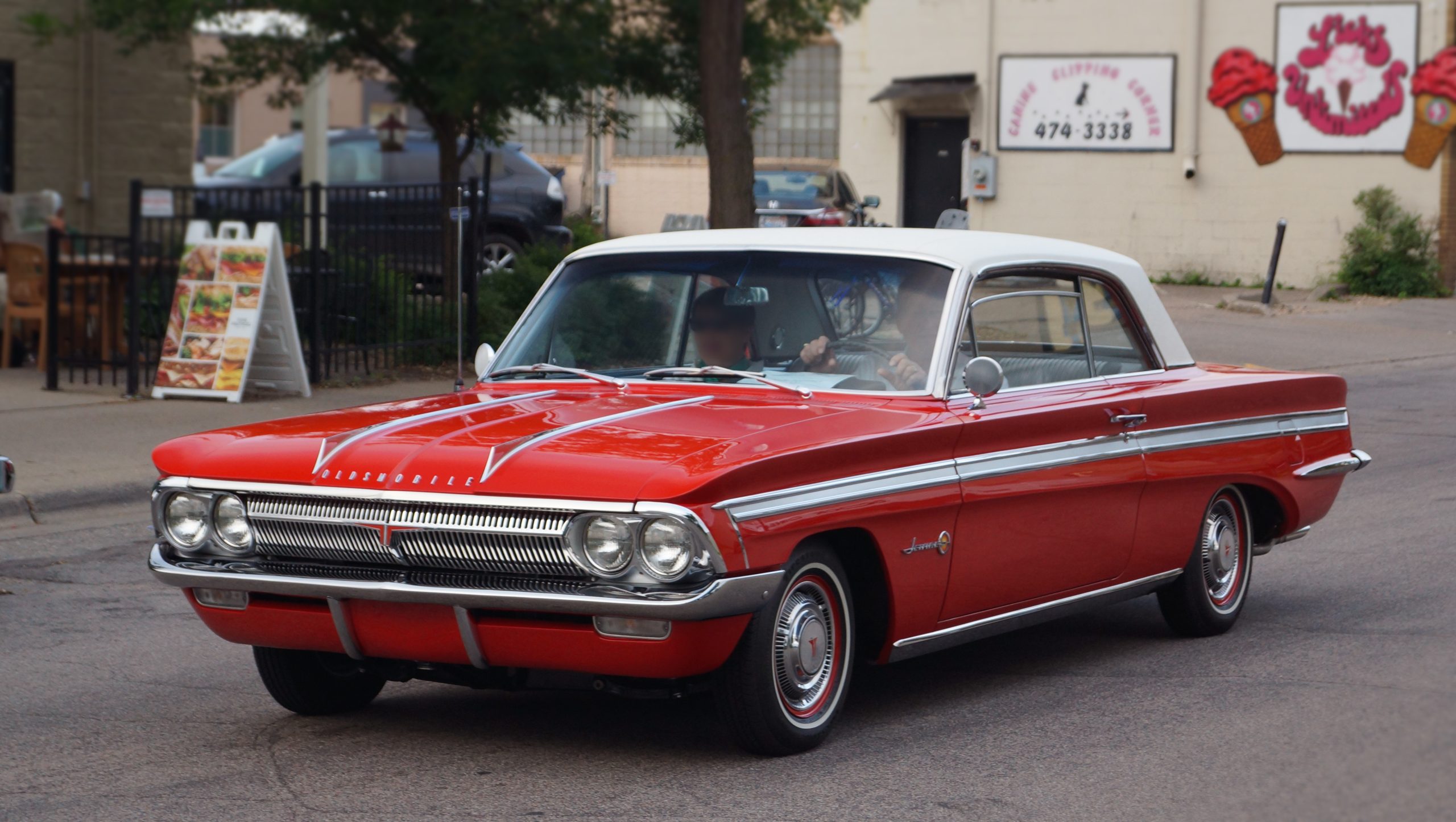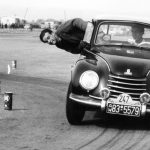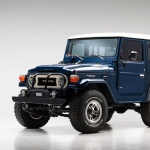Author: John-Joe Vollans
Photography: Newspress / Gjerdingen
The 1960s was a remarkable time in human history. Aside from all of the cultural advances, most importantly the leaps forward in civil rights, technology and industry were also booming. Industrial titans in major global economies, having recovered – and often profited – from the Second World War, were financially buoyant enough to green light almost anything, no matter how bonkers it seemed… Jet-powered cars anyone?
This was the decade when humanity went to the moon and, as such, almost nothing was deemed beyond our reach. In hindsight, much of the following tech that saw its first start in the 1960s never really worked, or was far too expensive – at least to run reliably or last – but it nevertheless made for a fascinating era of manufacture.
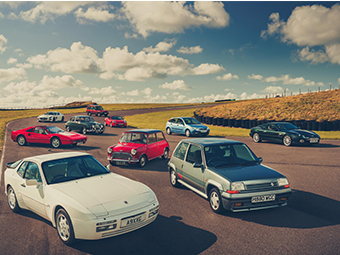
Here are just a few of the daring engineering design decisions from the decade that didn’t deem anything too audacious to try…
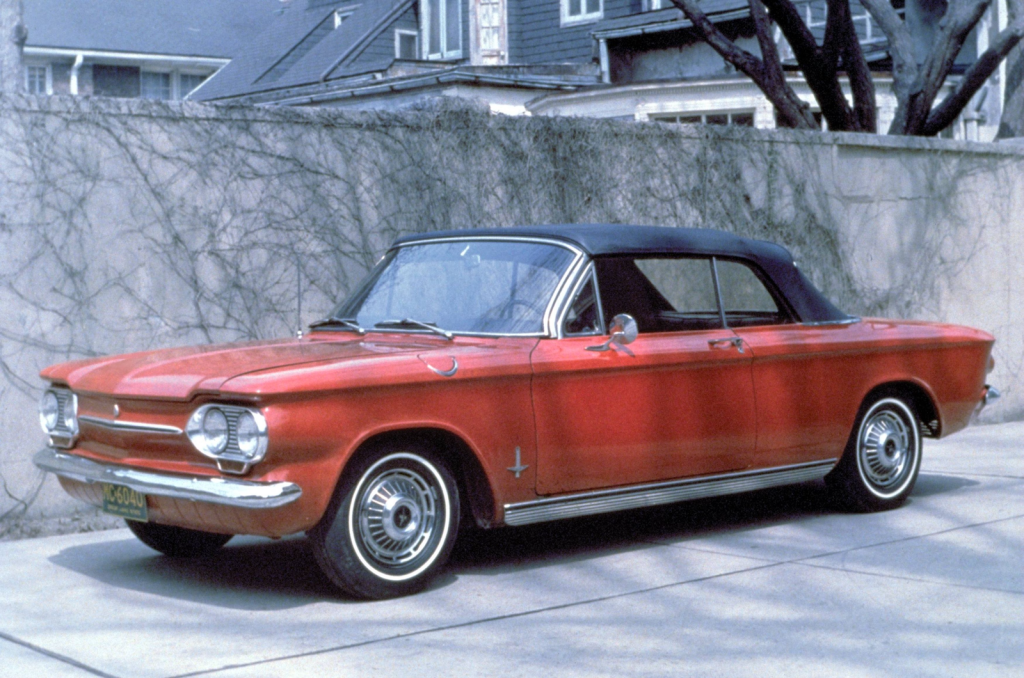
Chevrolet Corvair
The poor old Corvair has gained an unenviable reputation, due mainly to its lambasting in Ralph Nader’s Unsafe at Any Speed. Before that seminal publication on automotive safety was published in 1965 however, the Corvair was actually named Motor Trend magazine’s Car of the Year, upon its launch in 1960.
Recognised as revolutionary in its day, the Corvair deployed an aluminium, air-cooled flat-six engine in the rear, along with a transaxle arrangement and independent suspension at each corner – features that were far from standard at the time. It was designed to stem the import tide of Volkswagen Beetles (among other European compact cars) and with over 1.8 million sold between 1960 and 1969, it almost succeeded.
The Corvair, and its unorthodox power unit, sprung from the mind of Edward N. Cole, Chevrolet chief engineer from 1952 and general manager from 1956 – taking over as Chevrolet president in 1967. Cole is seen as the ‘father’ of the Chevrolet small-block V8, but his alleged slogan of ‘kick the hell out of the status quo’ seems far more applicable to the unorthodox Corvair.
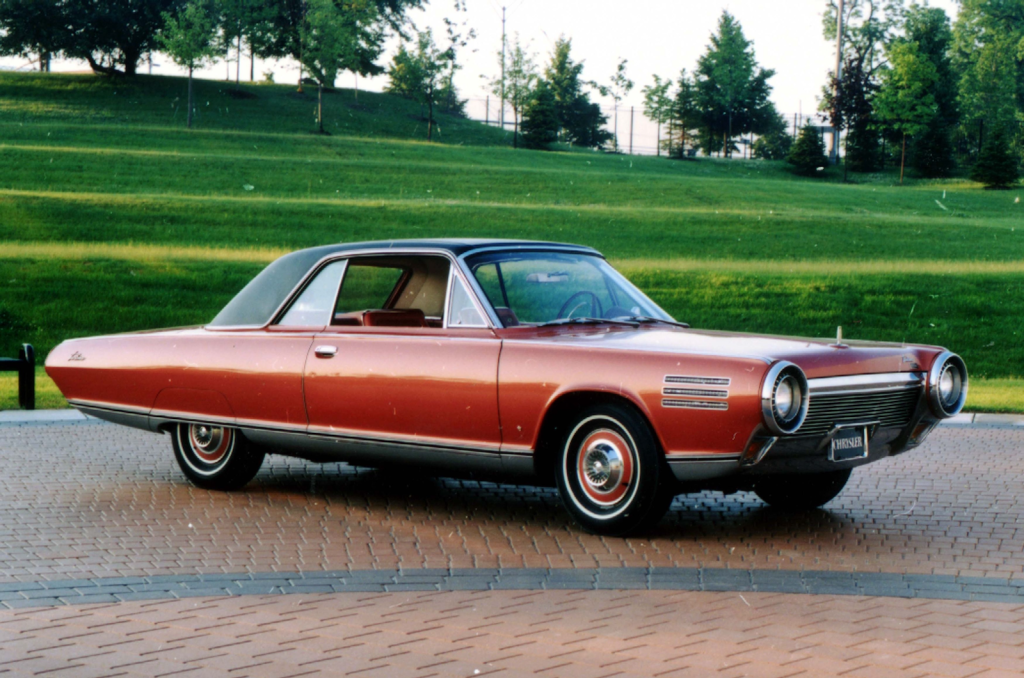
Chrysler Turbine
If you grew up in the 1950s and 1960s, you could be forgiven for thinking we’d be living on Mars by now. The space age saw rapid advancements in ballistic and jet propulsion technology with some bold thinkers expecting all that engineering excellence to quickly translate to the road. If you saw the Jetsons as more a documentary, then you’d expect to drive nothing less than a jet-powered car.
As utterly bonkers as it seems today, Chrysler did give 50 Ghia-bodied evaluation Turbine cars to select American drivers. These were powered by the fourth-generation of its experimental turbine engine, the first having been successfully tested way back in 1956. Running on essentially anything that was flammable, early turbine test mules notched up PR points for getting around by burning everything from Tequila to Channel No.5.
Ultimately, excessive emissions, fuel consumption and high production costs put an end to the turbine dream, with Chrysler allegedly crushing 46 of the 50 (and five prototype) evaluation models made, with the handful that remained either retained by its maker or finding their way to museum collections.

NSU Spider
Several makers have tried to adapt Felix Wankel’s revolutionary (pun fully intended) engine for its road cars. The most famous today is probably Mazda, but it wasn’t the first… German maker NSU unveiled its the world’s first series production Wankel-powered car in 1963 – heavily assisted in its creation by the engine’s namesake engineer.
The pint-sized Spider sports car was designed by Bertone and was only made in tiny numbers, with around 2400 thought to have been produced up to the end of its production in 1967. As something of an expensive proof of concept, mass global sales were never really the point, the Spider instead showed off the engineering prowess of its German manufacturer.
Sadly, the Wankel gamble didn’t pay off for NSU, as its subsequent and hugely ambitious Ro80 saloon suffered catastrophic reliability, with the honouring of accompanying warranty claims and poor subsequent sales forcing the company to accept a buyout bid by Volkswagen in 1969.
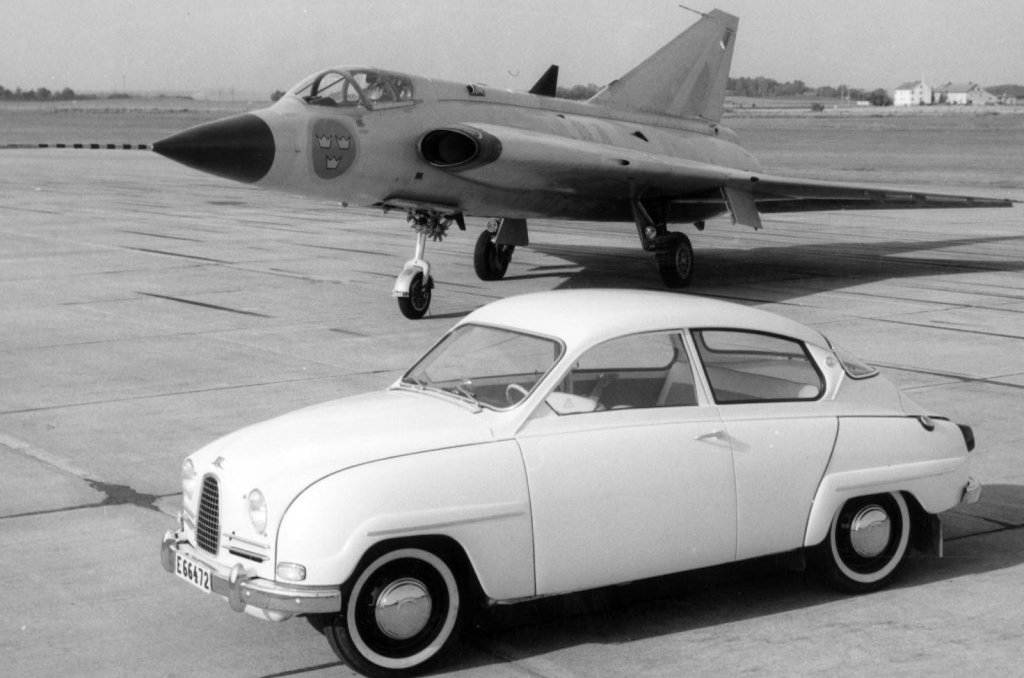
SAAB 95/96
As far as makers of unconventional machines go, Svenska Aeroplan Aktiebolaget, better known as SAAB, is a past master. Innovation came with the territory when you bought a SAAB, something that makes its bankruptcy in 2011 have an even more sour taste. Back in happier times, however, the Swedish firm produced plenty of popular and purposeful saloons, the 95 and 96 being among its better known efforts.
The SAAB way of doing things meant any conventional engine was deemed dull, which is why the teardrop-shaped 93, 95 and 96 models were all powered by a myriad of mad little three-cylinder, two-stroke inline and V4 engines. The latter is what provided motive thrust for late-model 95s and 96s and it was a real peach.
Borrowed from Ford Europe, lifted from the Taunus, the V4 – similar but not the same as the one in UK Fords of the time – had a distinctive and characterful thrum that won it many admirers. Incidentally, spin-offs of both of Fords V4 engines gave us such greats as the ‘Essex’ and ‘Cologne’ V6s, but there’s something about the offbeat charm of this little V4 that suited these sixties SAABs down to the ground.
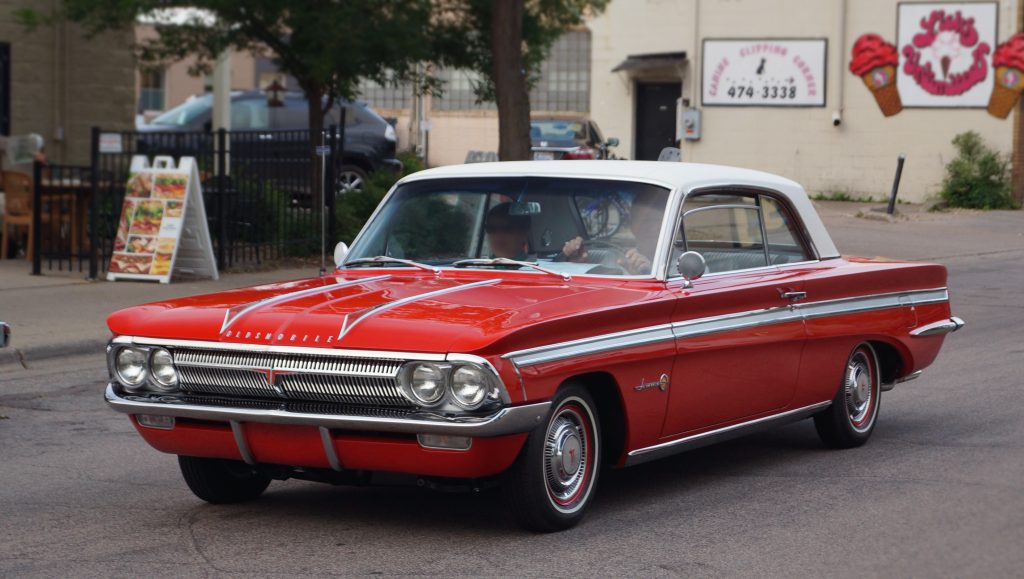
Oldsmobile Jetfire
Although some sources place the Chevrolet Corvair Monza as the world’s first mass-produced turbocharged production car, many more pin that same accolade onto the Oldsmobile Jetfire.
To prove that nothing ever really changes, American auto makers of the 1960s were facing the same backlash against large displacement gas guzzlers as today.
For many, the answer was to downsize, making smaller cars powered by smaller engines, but GM decided it could keep its V8s, so long as they were turbocharged.
The increase in performance and efficiency that came from turbocharging allowed the mid-sized Chevrolet and Olds models mentioned to produce 215bhp and 300lb ft of torque; equivalent to a much larger displacement naturally-aspirated V8, without the accompanying fuel cost.
Although these early turbocharged pioneers were plagued by reliability issues – mainly caused by ignorant owners and mechanics – they laid the foundation for the forced-induction automotive landscape we see all around us today.
What do you think of these engineering decisions? Too daring?.. Not daring enough? Let us know in the comments below.
